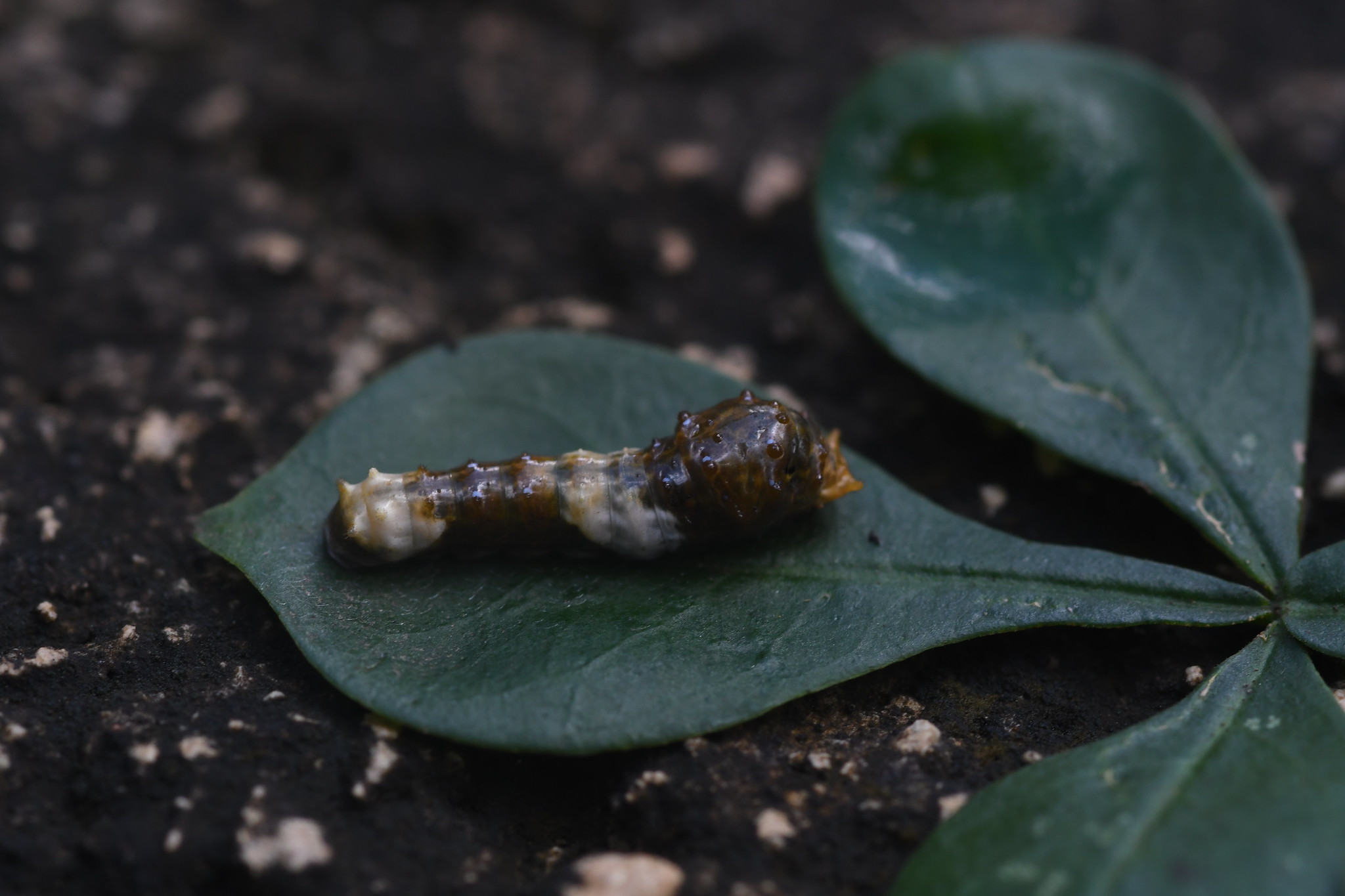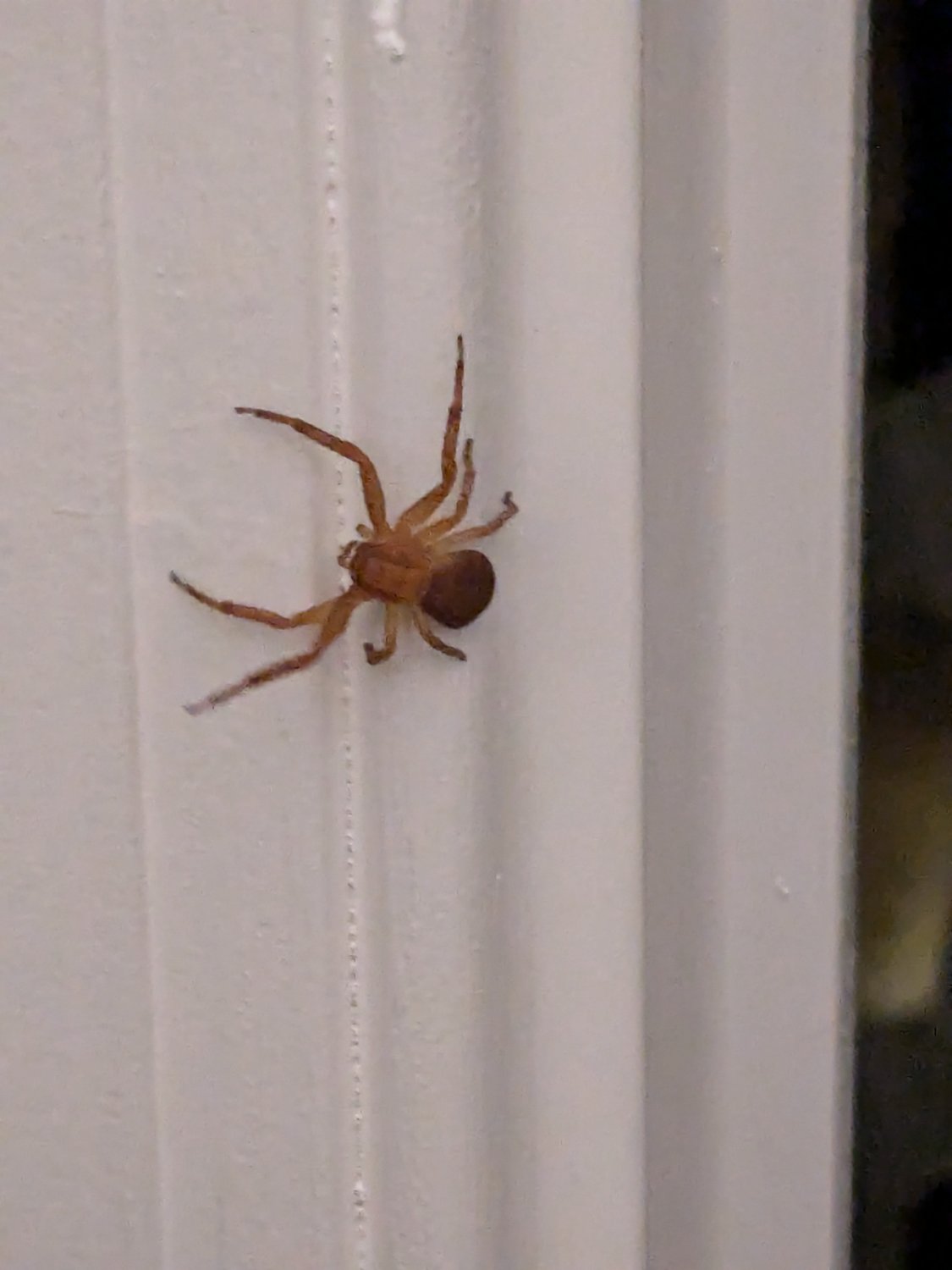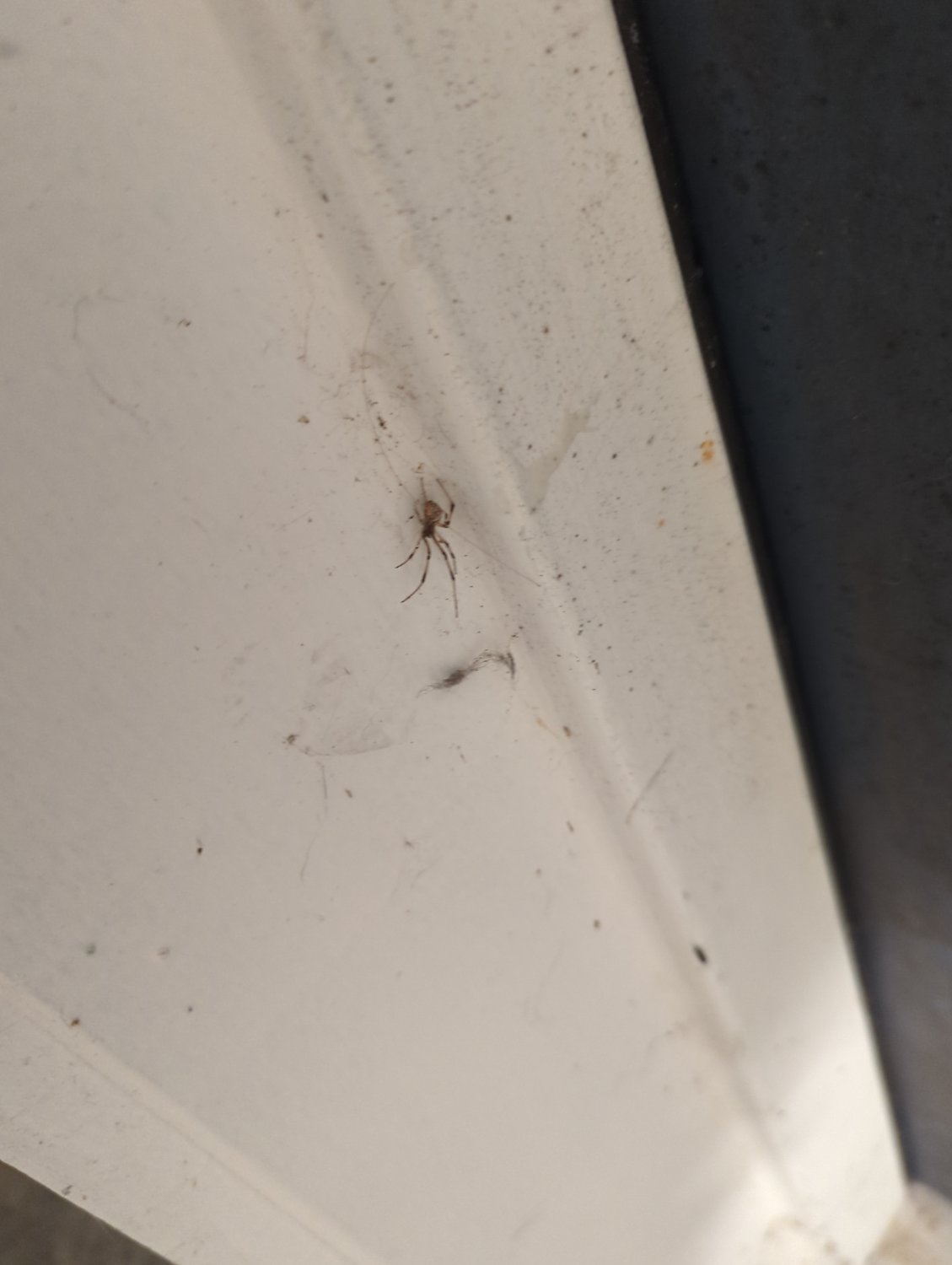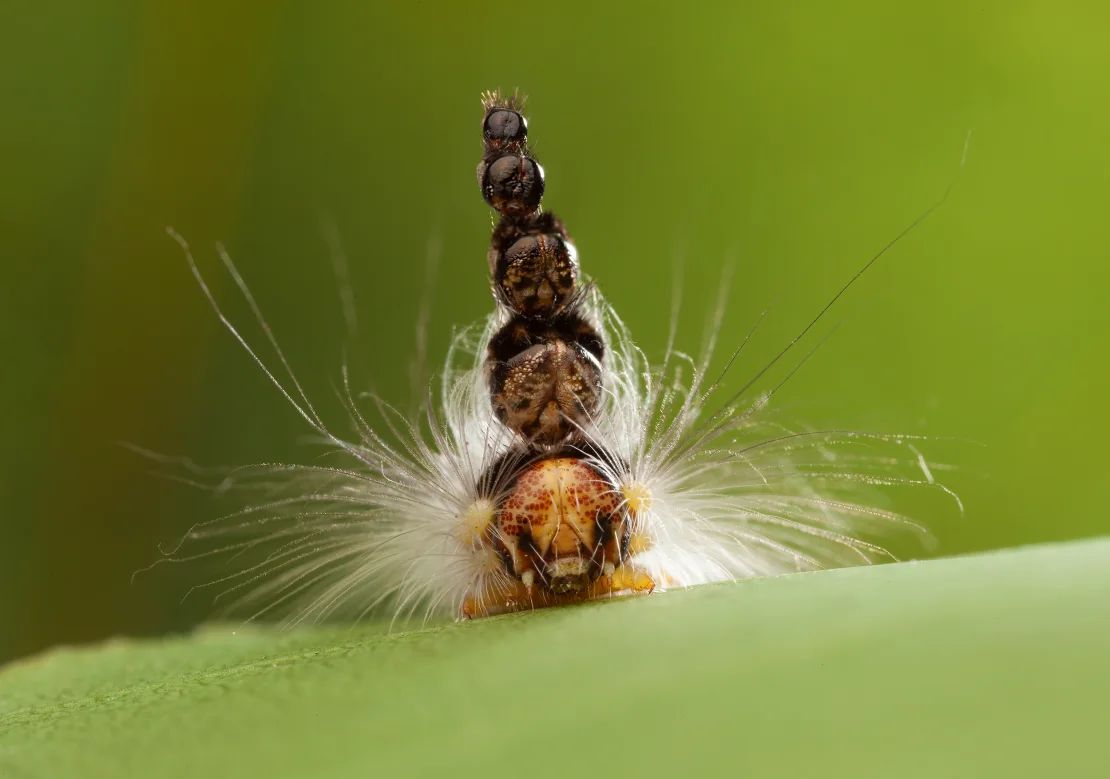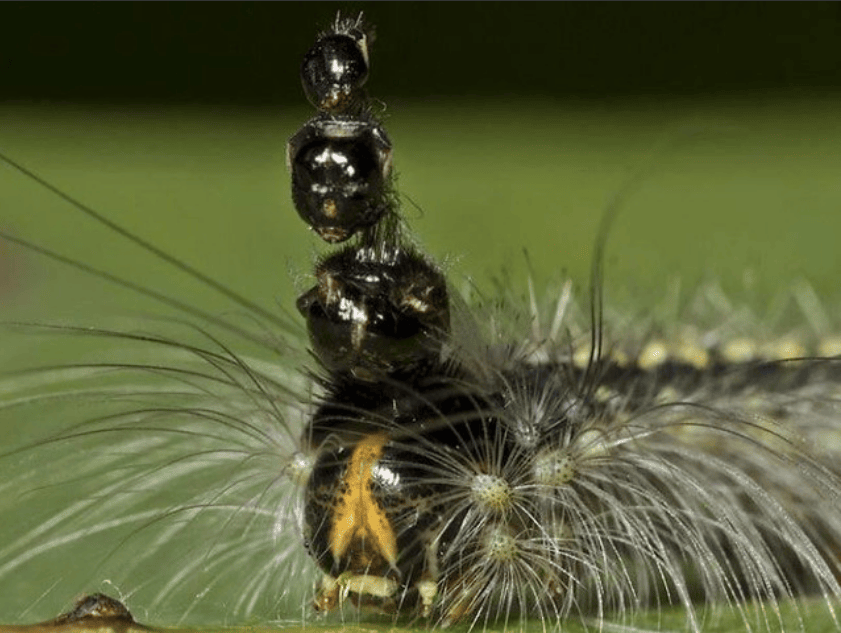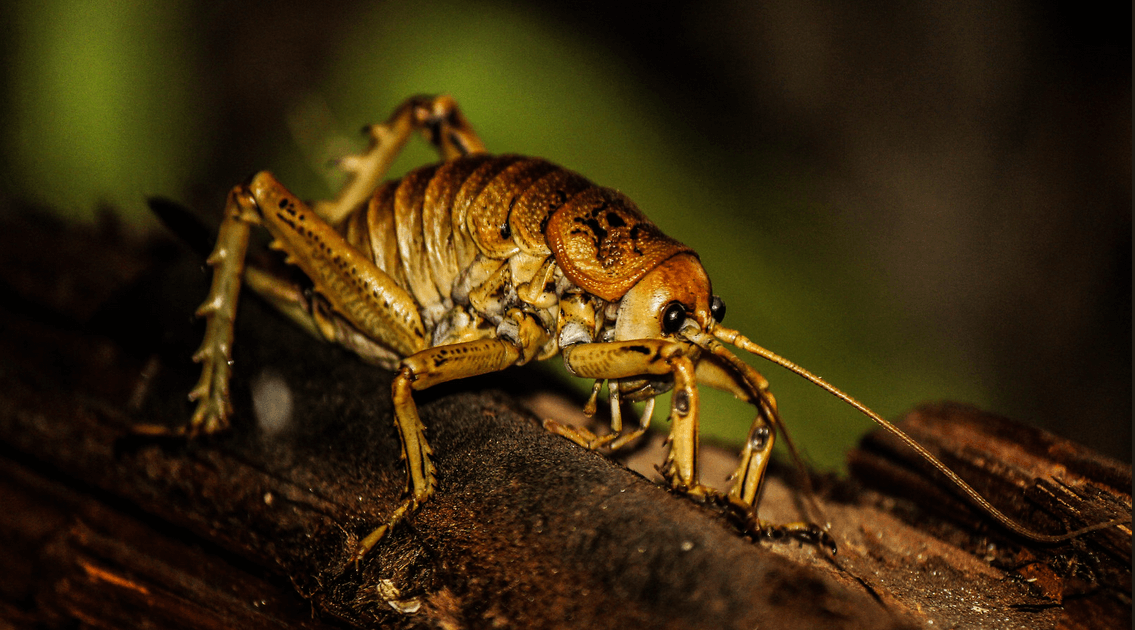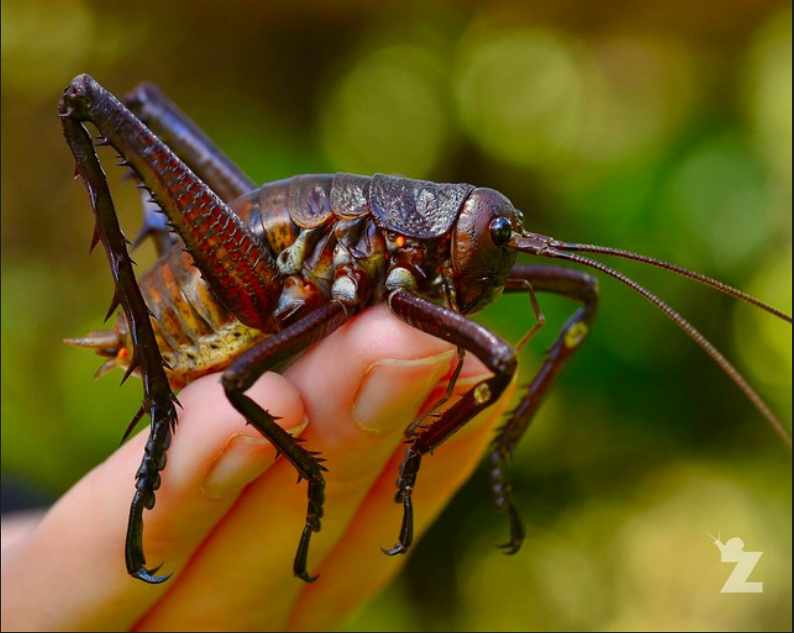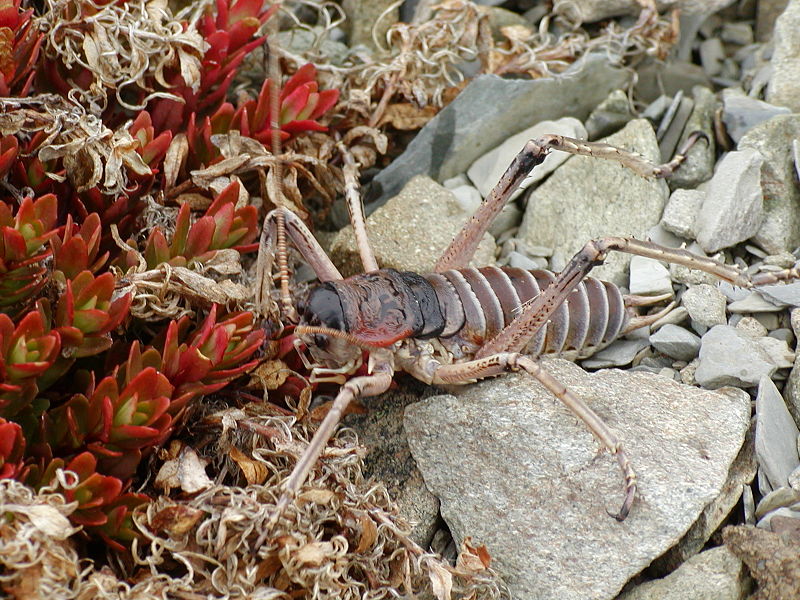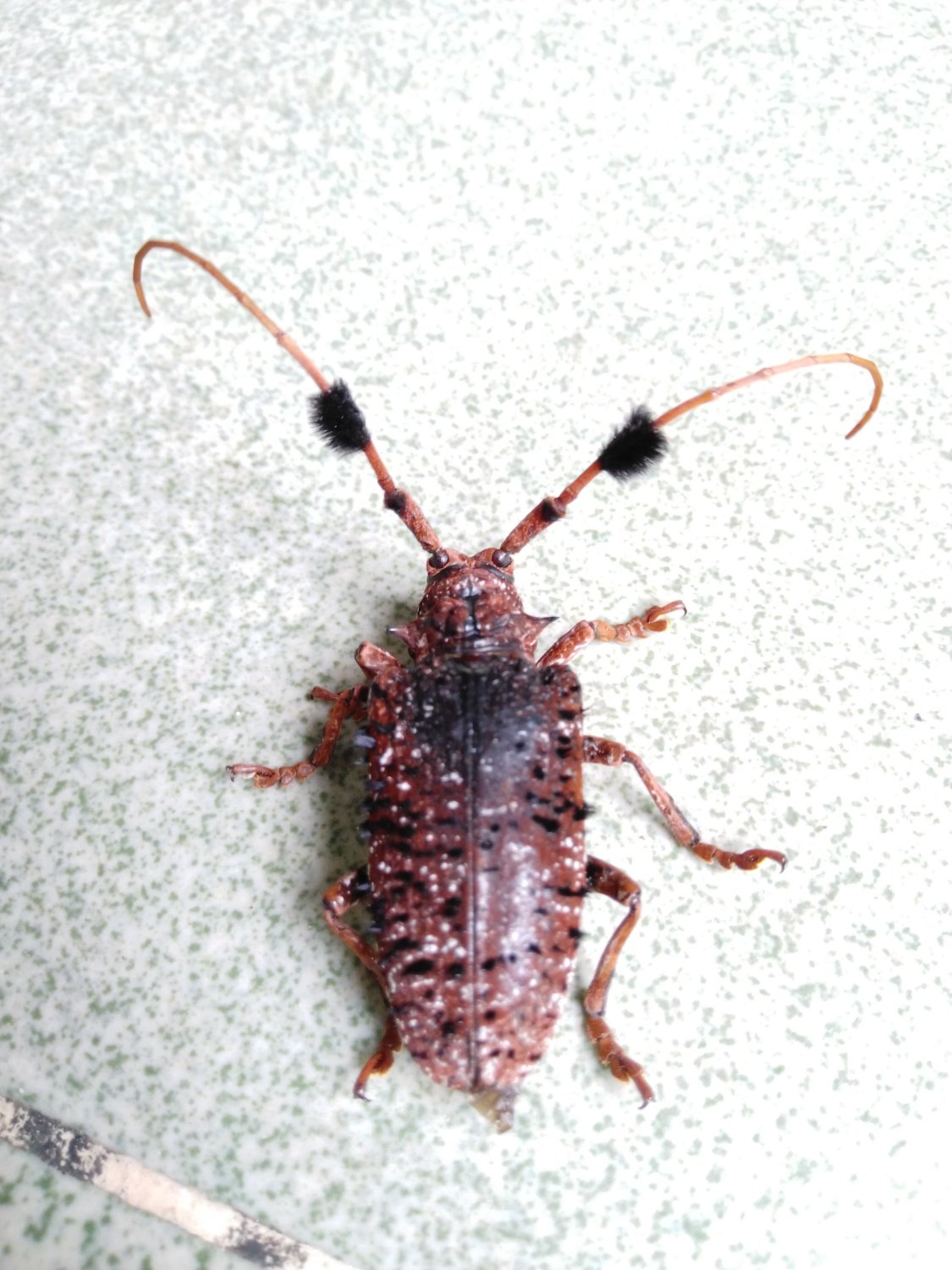Entomology
467 readers
1 users here now
A general community to post things about insects
For more specific communities:
Isopods and Myriapods: [email protected]
A community for our eight-legged friends: [email protected]
founded 1 year ago
MODERATORS
1
2
3
4
5
6
7
8
9
10
73
Ants perform life saving operations — the only animal other than humans known to do so
(www.livescience.com)
11
12
13
14
15
16
18
20
21
22
23
24
25
view more: next ›
